
Kazakh national music

Traditional music in Kazakhstan has changed few times during some historical events. Starting from the time of Shingys Khan, then 19th century which gave birth to many talented traditional singers and performers, music changes in Soviet time till new arrangements and soundtracks of traditional music.


Kazakh music is closely intertwined with everyday life which was accompanied by songs, kuyis (instrumental plays), and terme (a talkative improvisational genre). It is hard to overestimate the importance of akyns, masters of poems, zhyrau and zhyrshi (creators and performers of epic poems), sals, syera and anshi (original folk singers) for the Kazakh culture. They have preserved and developed the traditions of the Kazakhs, exemplified the very talented and deep caring features of the people .

Kazakhstan is a country of highly developed cultures and has a lively musical life, diverse and rich in oral traditions as well as musical. In addition to classical genres and modern music, folk music occupies a distinguished place. Songs and kuyis are heard everywhere.

The role of folk music in Kazakh society is a great one. Kazakh folk music is popular across the generations. Younger people take pleasure in learning how to play folk instruments, learning secrets of folk singing and they express strong interest and excitement in traditions of aitys and tartys (a competition of instrumentalists).

The Kazakh musical tradition is supported by a wide range of uniquely Kazakh musical instruments.

The dombra, a two stringed instrument, is the most commonly played Kazakh folk instrument. Its history reaches back at least 2,000 years according to archeological evidence.
There are two traditions of playing the dombra which have influenced its form. Dombras with long thin necks are made for playing fast virtuoso kuyis of the Tokpe tradition.

The kobyz is an ancient string instrument played with a bow with two strings made with hair. Kobyzes traditionally were sacred instruments, owned by shamans and bakses (traditional spiritual medics). According to legends, the kobyz and its music could banish evil spirits, sicknesses and death.

The sybyzgy is a wind instrument. It is widely used in Kazakhstan and is particularly among rural peoples such as chabans (shepherds). It is easy to make.There are also wooden sybyzgys.

The saz syrnai and uskirik are small hollow clay instruments with 1, 2 or 3 oval holes made in the form of birds or animals. They produce a soft sound.

The dabyl and the dauylpaz are percussion instruments and used to have extensive usage in Kazakh life. Loud percussion sounds were used to gather people in the auyls (villages) for hunting and religious rites or to give notice for the upcoming move to a new place.

Zhetygen , a stringed instrument played by plucking and resembling a harp, a sherter , another stringed instrument played by plucking which is smaller than a dombra and with a stronger and more sonorous sound, and a shankobyz , a metallic instrument known in the West as a mouth harp.

 Получите свидетельство
Получите свидетельство Вход
Вход



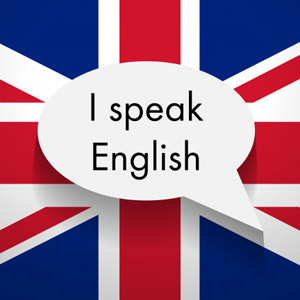
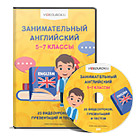
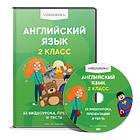
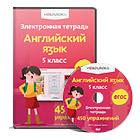
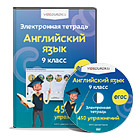
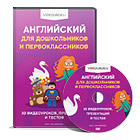
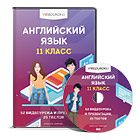
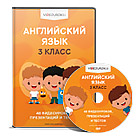

 Казахский национальный музыке. (2.93 MB)
Казахский национальный музыке. (2.93 MB)
 0
0 93
93 1
1 Нравится
0
Нравится
0


